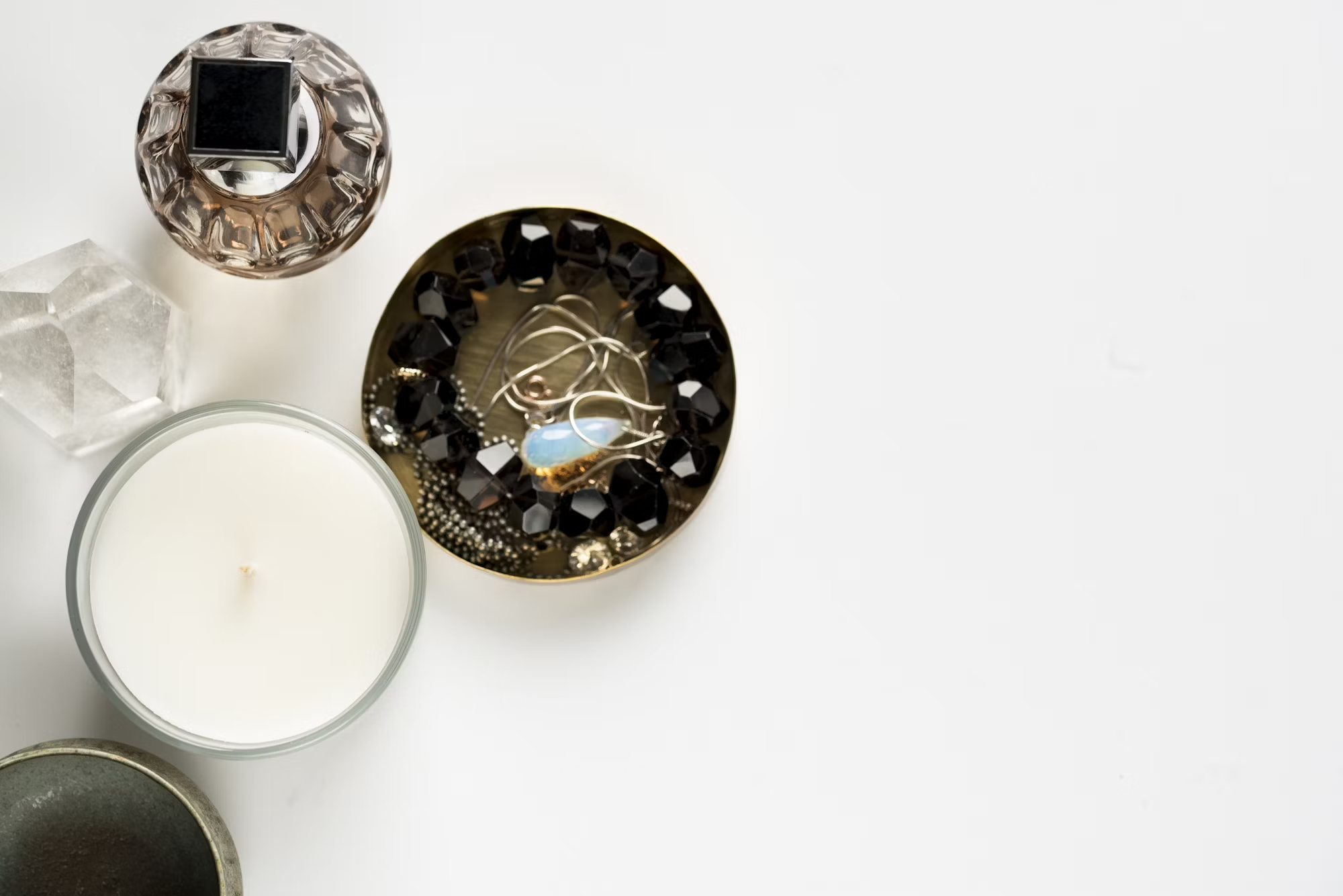In recent years, the fashion industry has faced increasing scrutiny regarding its environmental impact and ethical practices. As consumers become more aware of the effects of fast fashion, a shift towards sustainable fashion has gained momentum. Sustainable fashion not only focuses on eco-friendly materials but also promotes ethical labor practices and responsible consumption. In this article, we will explore the world of sustainable fashion, its importance, and practical tips for making eco-friendly choices that align with your personal style.
Sustainable fashion can be defined as clothing and accessories that are produced in a way that minimizes environmental impact and promotes social responsibility. This movement is rooted in the idea that fashion should be enjoyable and expressive without compromising the health of our planet or the rights of workers. By choosing sustainable options, consumers can contribute to a more ethical and eco-friendly industry, ultimately leading to positive change.
One of the critical aspects of sustainable fashion is the choice of materials. Traditional fashion often relies on synthetic fibers, such as polyester and nylon, which are derived from petroleum and can take hundreds of years to decompose. In contrast, sustainable fashion prioritizes natural fibers, such as organic cotton, linen, hemp, and Tencel. These materials are biodegradable and often produced with fewer chemicals, making them better for the environment. Additionally, many brands are exploring innovative fabrics made from recycled materials, further reducing waste.
The impact of clothing production on the environment is staggering. The fashion industry is responsible for significant water usage, pollution, and waste. According to the United Nations, the textile industry accounts for 20% of global wastewater and around 10% of global carbon emissions. By choosing sustainable brands that prioritize eco-friendly practices, consumers can help reduce these harmful effects. Supporting brands that are transparent about their supply chains and production methods fosters accountability and encourages the entire industry to adopt more sustainable practices.
Ethical labor practices are another crucial component of sustainable fashion. Fast fashion often relies on low-cost labor in developing countries, where workers may face poor working conditions, long hours, and inadequate pay. In contrast, sustainable fashion brands prioritize fair labor practices, ensuring that workers receive fair wages and work in safe environments. By choosing to support these brands, consumers not only contribute to the well-being of workers but also help combat the cycle of exploitation in the fashion industry.
Making the transition to sustainable fashion doesn’t have to be overwhelming. Here are some practical tips for incorporating eco-friendly choices into your wardrobe. First, consider your shopping habits. Instead of frequenting fast fashion retailers, seek out sustainable brands that align with your values. Research brands that prioritize ethical practices and eco-friendly materials. Many online platforms now curate lists of sustainable fashion brands, making it easier for consumers to make informed choices.
Second, practice mindful consumption by assessing your wardrobe before making new purchases. Take the time to evaluate what you already own and identify pieces that can be styled in different ways. This not only reduces the need for new clothing but also encourages creativity in how you put outfits together. Capsule wardrobes, which consist of a small collection of versatile pieces, are an excellent way to embrace minimalism and make the most of your wardrobe.
Thrift shopping is another fantastic way to embrace sustainable fashion. By purchasing second-hand clothing, you extend the lifecycle of garments and reduce waste. Thrift stores, consignment shops, and online resale platforms offer unique finds that can add character to your wardrobe. Additionally, buying vintage clothing is a stylish way to express individuality while making eco-friendly choices.
If you enjoy crafting, consider upcycling your clothing. Upcycling involves transforming old or unused garments into something new and stylish. This creative process not only reduces waste but also allows you to personalize your clothing. Whether it’s turning an old dress into a trendy skirt or adding embellishments to a plain t-shirt, upcycling is a fun way to breathe new life into your wardrobe.
Furthermore, it’s essential to care for your clothes properly to ensure their longevity. Simple practices like washing in cold water, air-drying, and avoiding excessive heat can extend the life of your garments. Investing in quality pieces that are well-made can also pay off in the long run. While sustainable fashion may have a higher upfront cost, the durability of quality clothing often means you won’t need to replace items as frequently.
As consumers, our choices have the power to shape the fashion industry. By supporting sustainable brands and making conscious purchasing decisions, we can drive demand for eco-friendly practices and ethical production. Social media platforms have become powerful tools for raising awareness about sustainable fashion, with influencers and activists advocating for change. Engaging in discussions and sharing knowledge within your community can inspire others to embrace sustainable choices as well.
In conclusion, the world of sustainable fashion offers a path toward eco-friendly choices that benefit both individuals and the planet. By prioritizing ethical labor practices and eco-friendly materials, consumers can contribute to a more responsible and sustainable fashion industry. Making mindful purchasing decisions, exploring thrift shopping, and caring for your clothing are all practical steps toward a more sustainable wardrobe. As we navigate this movement, remember that every small choice can lead to significant change. Together, we can redefine fashion, celebrating style while nurturing our planet.
